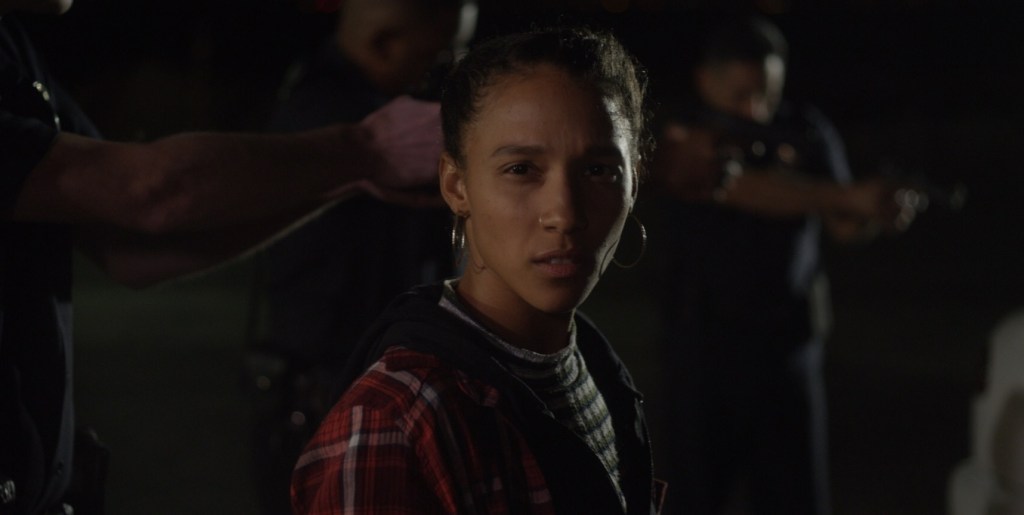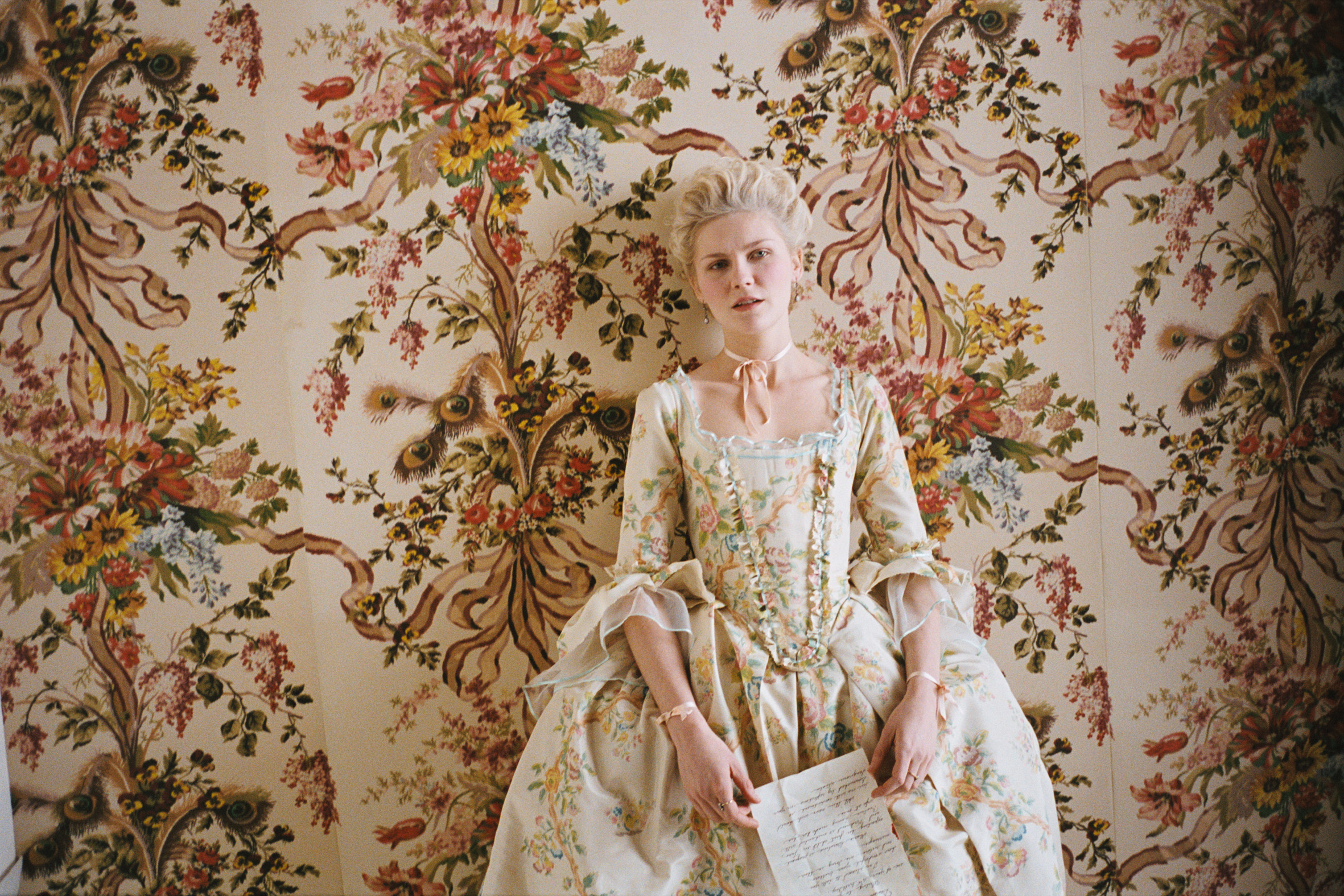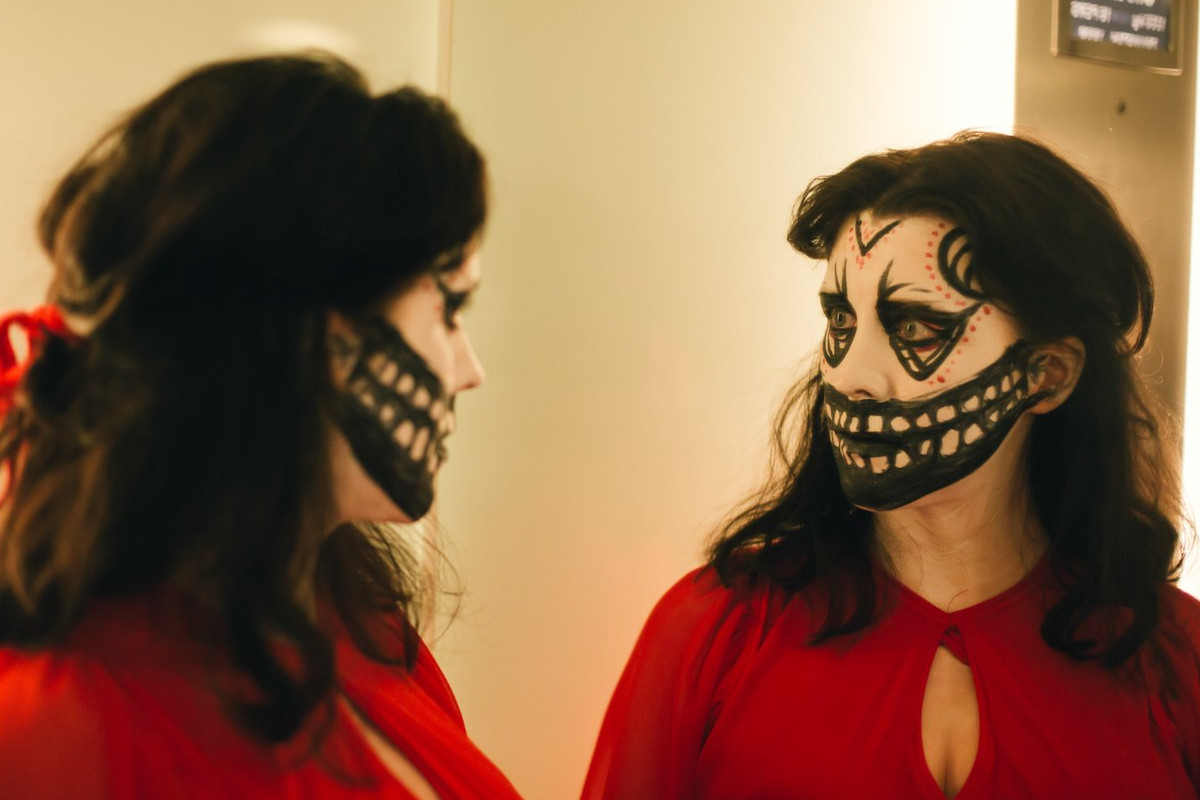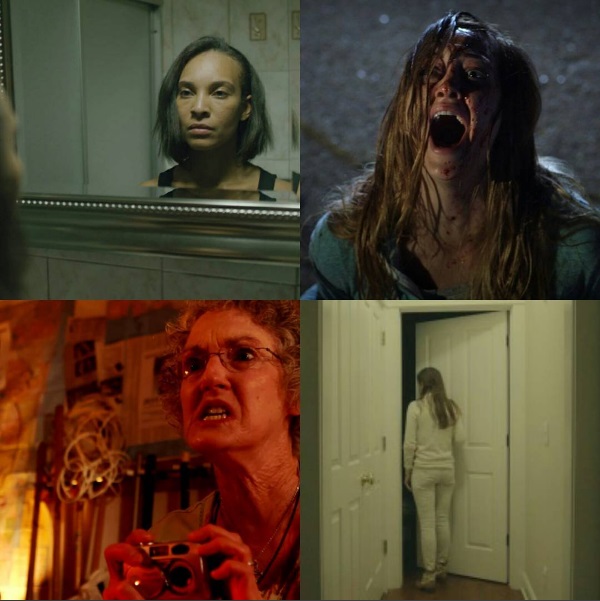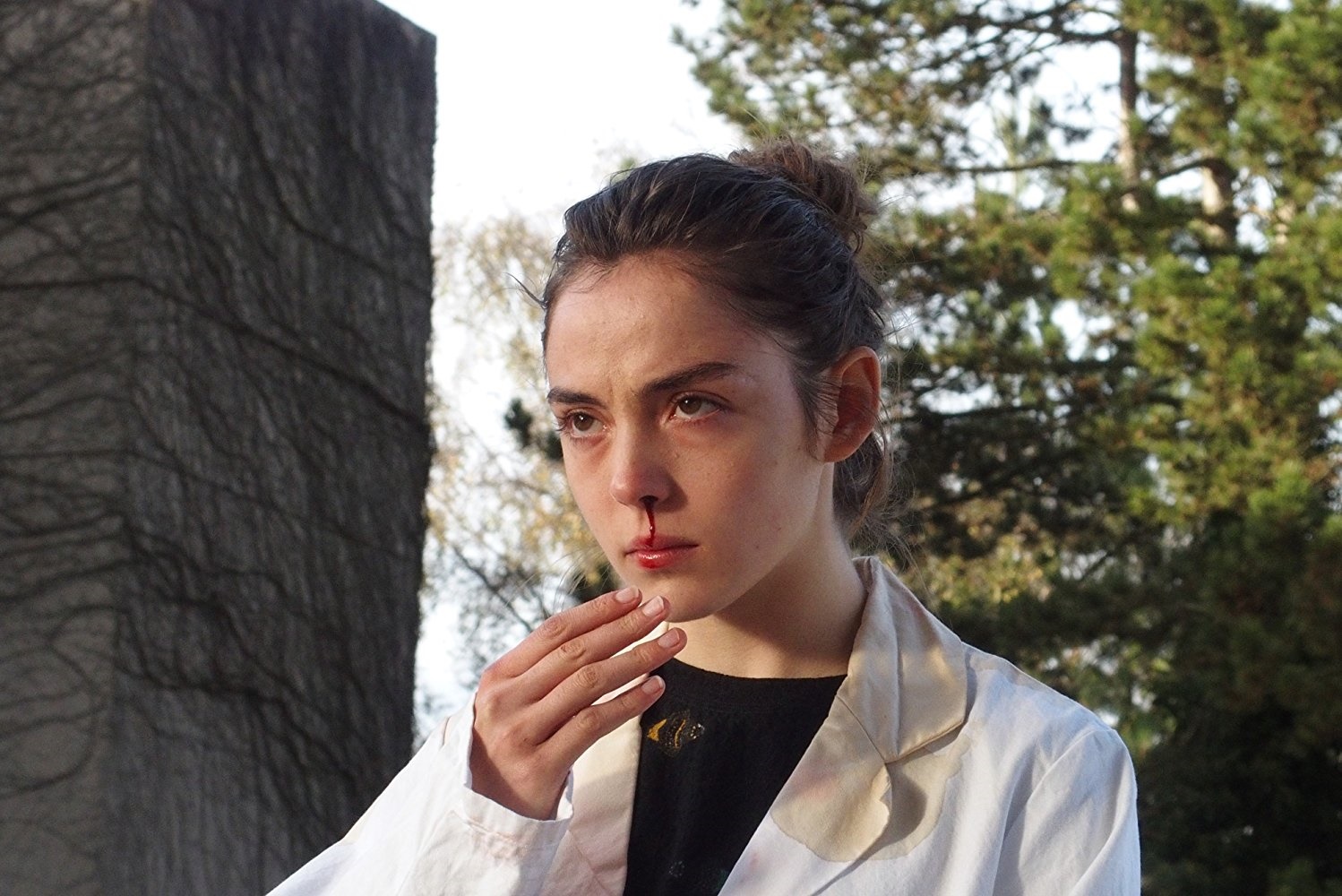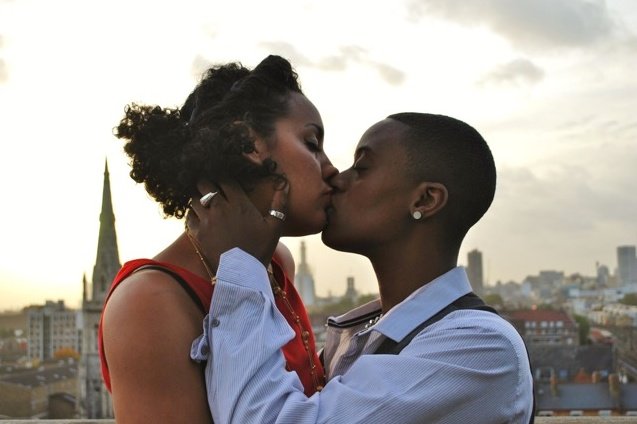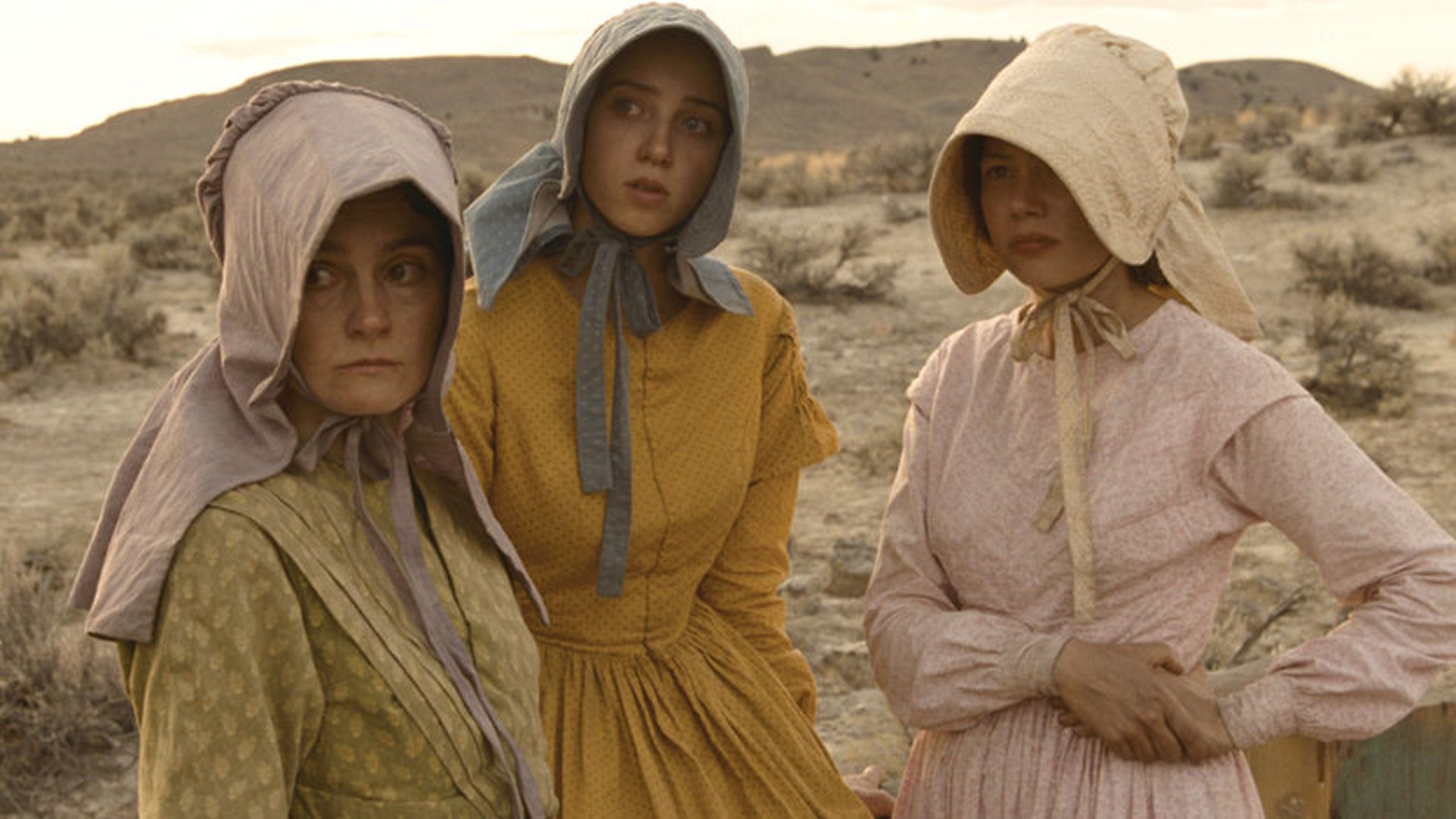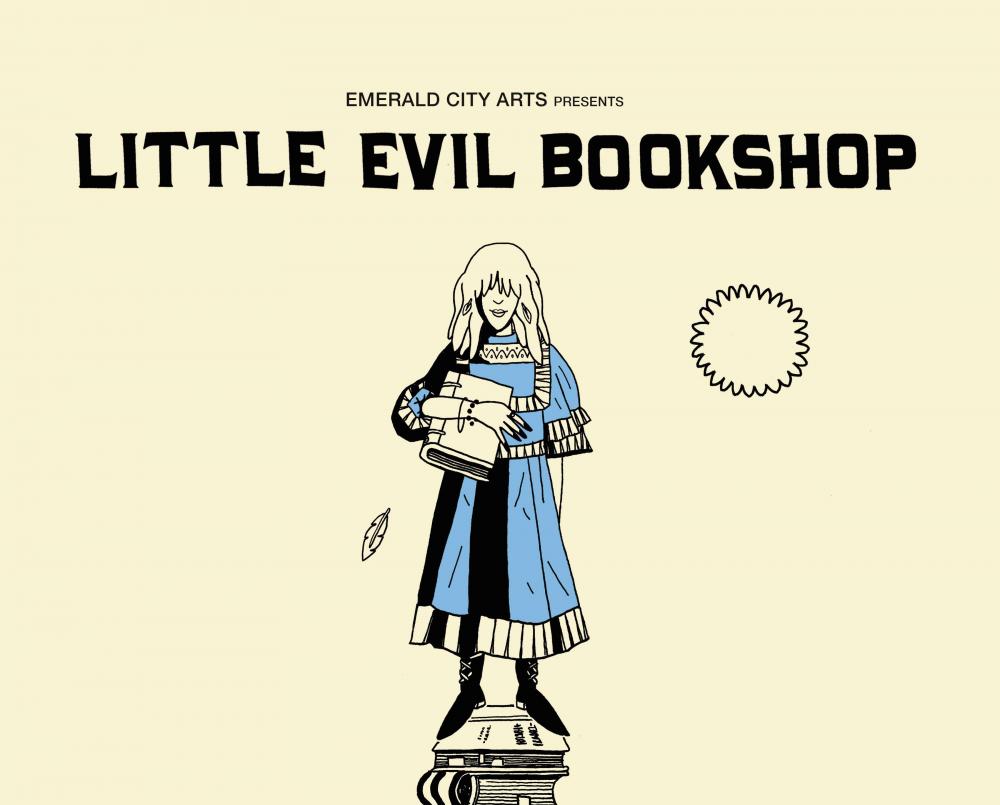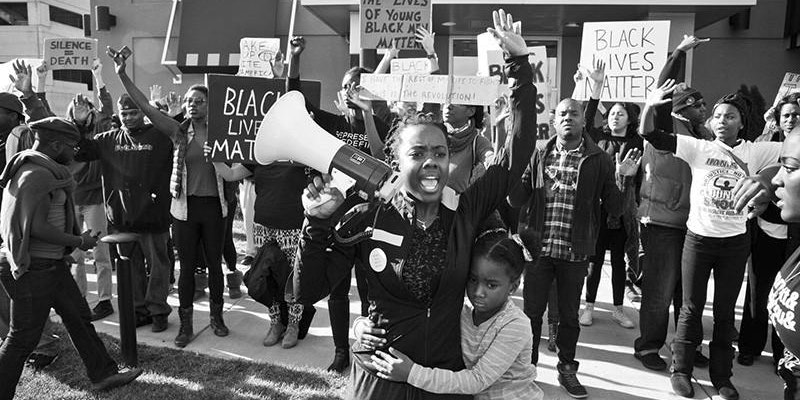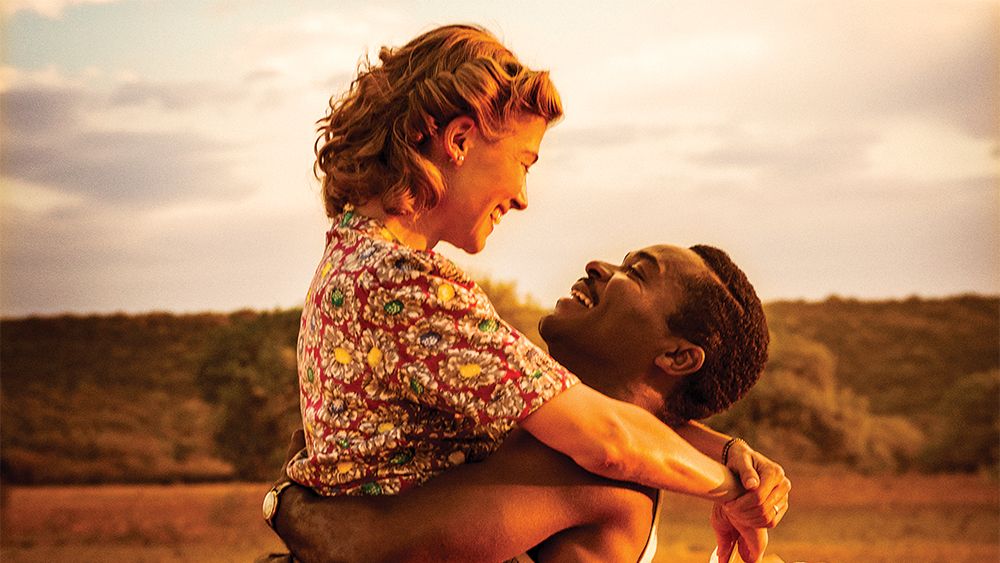Now in its twentieth year, the Boston Underground Film Festival (BUFF) is “committed to the celebration of alternative vision and cultivation of independent, provocative and experimental filmmaking.” Transpiring in Harvard Square with screenings held at the Brattle Theatre and the Harvard Film Archive, “devotees will spend five days in synaptic snap-crackle-and-pop ecstasy, worshiping at the altar of fantastically strange and unusual moving pictures from around the world…”
BUFF is dedicated to diversity with an impressive array of women-directed and women-led feature films, as well as short films. Directors Issa López (Tigers Are Not Afraid) and Jenn Wexler (The Ranger) will be in attendance at the screenings of their films.
BUFF will run from March 21st-March 25th. Below are the women-directed and women-centric narrative and documentary films featured at the festival.
WEDNESDAY, MARCH 21st | 7:00 PM
My Name Is Myeisha
2018 | USA | 85 minutes
Director: Gus Krieger
Screenwriter: Rickerby Hinds & Gus Krieger
Cast: Rhaechyl Walker, John Merchant, Dominique Toney, Dee Dee Stephens, Yvette Cason, Gregg Daniel
Brattle Theatre
“On the evening of December 28th, 1998, Myeisha Jackson’s night ends with her asleep in her car, her cousins outside, and police on the way. In the fleeting moments before the unthinkable occurs, she awakes with a start inside her inner dreamscape and contemplates her life–what it was and what it was going to be. A metaphysical trip into Myeisha’s mind reveals a life brimming with promise on the cusp of adulthood–her secrets, goals, flaws, strengths, loves, and talents–and is fueled and expressed by her love of hip hop, dance, and spoken word as she comes to terms with what’s happened to her.”
WEDNESDAY, MARCH 21st | 9:30 PM
Liquid Sky
1982 | USA | 112 minutes
Director: Slava Tsukerman
Screenwriter: Slava Tsukerman, Anne Carlisle, and Nina V. Kerova
Cast: Anne Carlisle, Paula E. Sheppard, Susan Doukas
Brattle Theatre
“Heroin-seeking invisible aliens land on top of a NYC apartment inhabited by a drug dealer and her androgynous, bisexual, nymphomaniac, fashion model lover: Margaret (played by co-writer Anne Carlisle). The aliens quickly get hip to a better drug–orgasmic pheromones–and start vaporizing her casual sex partners. Things get weirder as Margaret’s arch nemesis Jimmy (also played by Carlisle), a lonely, horny neighbor across the street, and a German scientist get involved in the proceedings.”
THURSDAY, MARCH 22nd | 7:45 PM
Pin Cushion
2017 | UK | 82 minutes
Director: Deborah Haywood
Screenwriter: Deborah Haywood
Cast: Lily Newmark, Joanna Scanlan, Loris Scarpa
Brattle Theatre
“New to town, the inseparable dafty duo Lyn and her daughter Iona are excited to have a fresh start. Determined to establish herself successfully after a rocky start, Iona drifts away from her bestie/mum and becomes BFFs with the school’s equivalent of the “Heathers.” Forlorn, Lyn attempts to make friends of her own, but after a lifetime of being othered, she still struggles with the same vicious trials and tribulations of being different that her daughter now faces.”
THURSDAY, MARCH 22nd | 9:45 PM
The Theta Girl
2017 | USA | 98 minutes
Director: Christopher Bickel
Screenwriter: David Axe
Cast: Victoria Elizabeth Donofrio, Shane Silman, Darelle D. Dove
Brattle Theatre
“Gayce, a take-no-shit young woman, deals a hallucinogenic drug called “theta,” facilitating an audience for her friends’ all-girl rock band. When Gayce’s friends are brutally murdered, she must solve the mystery behind the murders and protect herself from the killer. She discovers the connections between theta and the murders – and learns a terrifying truth. That the world — indeed her whole reality — is not as it seems.”
FRIDAY, MARCH 23rd | 7:15 PM
The Queen of Hollywood Boulevard
2018 | USA | 92 minutes
Director: Orson Oblowitz
Screenwriter: Orson Oblowitz
Cast: Rosemary Hochschild, Michael Parks, Ana Mulvoy Ten, Roger Guenveur Smith
Brattle Theatre
“On her 60th birthday, the proud owner of a Los Angeles strip club finds herself in hot water over a twenty-five year old debt to the mob, leading her on a downward spiral of violence and revenge through the underbelly of Los Angeles.”
FRIDAY, MARCH 23rd | 9:45 PM
Let the Corpses Tan
2017 | Belgium/France | 92 minutes
Director: Hélène Cattet and Bruno Forzani
Screenwriter: Hélène Cattet and Bruno Forzani
Cast: Elina Lowensohn, Stephane Ferrara, Bernie Bonvoison, Marc Barbe
Brattle Theatre
“After stealing a cache of gold, Rhino and his gang discover a near-abandoned Mediterranean hamlet hideout, occupied by an inspiration-seeking woman. Their bucolic surroundings become a horrific battlefield when uninvited guests arrive on the scene to foil everyone’s plans.”
SATURDAY, MARCH 24th | 2:15 PM
Spoor
2017 | Poland | 128 minutes
Director: Agnieszka Holland
Screenwriter: Olga Tokarczuk and Agnieszka Holland
Cast: Agnieszka Mandat-Grabka, Wiktor Zborowski, Jakub Gierszal, Patrycja Volny
Harvard Film Archive
“Janina Duszejko, an elderly woman, lives alone in the Klodzko Valley where a series of mysterious crimes are committed. Duszejko is convinced that she knows who or what the murderer is, but nobody believes her.”
MARCH 24th | 7:00 PM
The Ranger
2018 | USA | 80 minutes
Director: Jenn Wexler
Screenwriter: Jenn Wexler and Giaco Furino
Cast: Chloe Levine, Jeremy Holm, Granit Lahu, Larry Fessenden, Amanda Grace Benitez
Brattle Theatre
“When Chelsea and her friends get in trouble with the cops, they flee the city and go on the run. Fueled by a hallucinogenic drug called Echo, they hope to lay low—and get high—in an old family hideout in the woods. But Chelsea’s got reservations about going back to nature and secrets she’s not sharing with her friends. When a shot rings out, her past comes crashing back, and the punks find themselves pitted against the local authority— an unhinged park ranger with an axe to grind.”
MARCH 24th | 9:30 PM
Revenge
2017 | France | 108 minutes
Director: Coralie Fargeat
Screenwriter: Coralie Fargeat
Cast: Matilda Anna Ingrid Lutz, Kevin Janssens, Vincent Colombe
Brattle Theatre
“What starts as a weekend getaway between a married man and his mistress quickly devolves into a deadly game of cat and mouse when his hunting buddies arrive. Director Fargeat revamps and recalibrates the rape-revenge trope from a female perspective, creating a violent, visceral monomyth about the rebirth and survival of a woman wronged seeking to even the score.”
SUNDAY, MARCH 25th | 12:00 PM
Something Wicked This Way Comes
Director: Jessica Barnthouse and Stacy Buchanan
Cast: Kip Weeks, Skip Shea, Izzy Lee
Brattle Theatre
“Something Wicked This Way Comes is a full-feature exploration into the popular horror culture of New England. Through discussions with genre luminaries, horror fans, and natives, the film discovers popular conventions within the genre and identifies how they’re driven by the history, eerie settings, and social issues of the area. And through the stories of actors and local filmmakers, it aims to discover if the area’s passion is strong enough to help grow an independent film industry.”
MARCH 25th | 6:15 PM
Tigers Are Not Afraid
2017 | Mexico | 86 minutes
Director: Issa López
Screenwriter: Issa López
Cast: Paola Lara, Hanssel Casillas, Rodrigo Cortes
Brattle Theatre
“A dark fairy tale about a gang of five children trying to survive the horrific violence of the cartels and the ghosts created every day by the drug war.”
MARCH 25th | 8:45 PM
Good Manners
2017 | Brazil/France | 135 minutes
Director: Juliana Rojas & Marco Dutra
Screenwriter: Juliana Rojas & Marco Dutra
Cast: Isabél Zuaa, Marjorie Estiano, Miguel Lobo
Brattle Theatre
“Clara, a lonely nurse from the outskirts of São Paulo, is hired by mysterious and wealthy Ana as the nanny for her unborn child. The two women develop a strong bond, but a fateful night changes their plans.”
To purchase tickets and for more information, please visit Boston Underground Film Festival’s website. All film and festival descriptions are courtesy of Boston Underground Film Festival.
